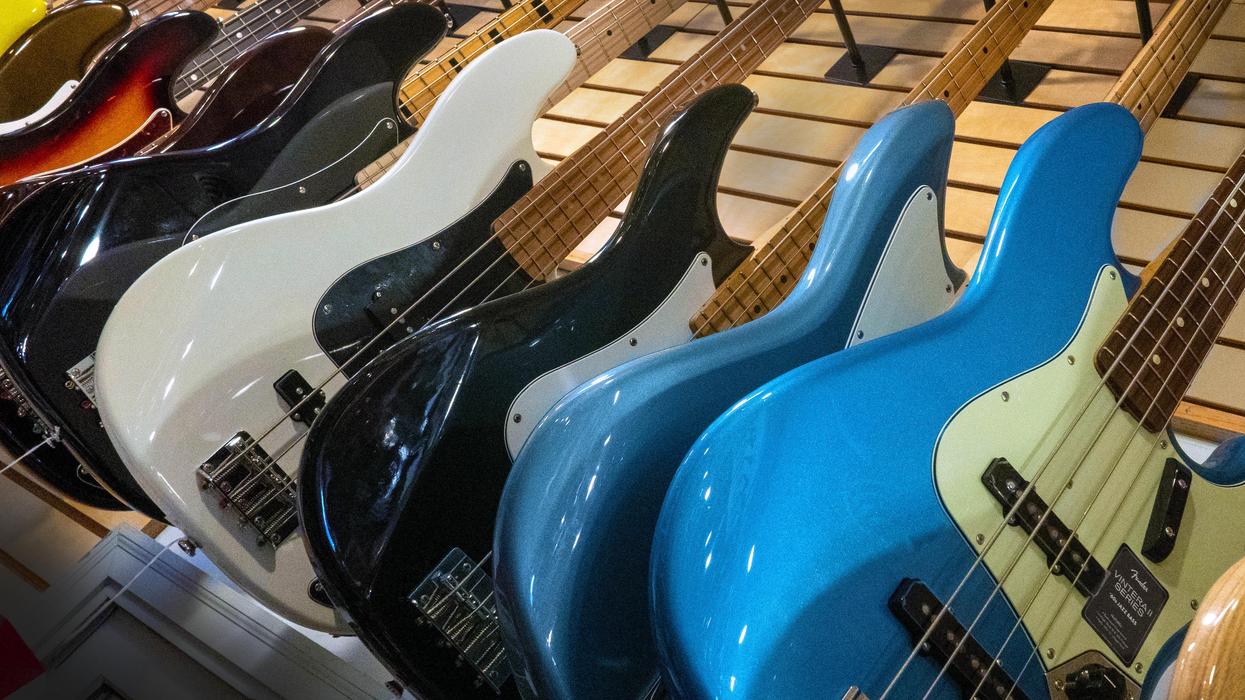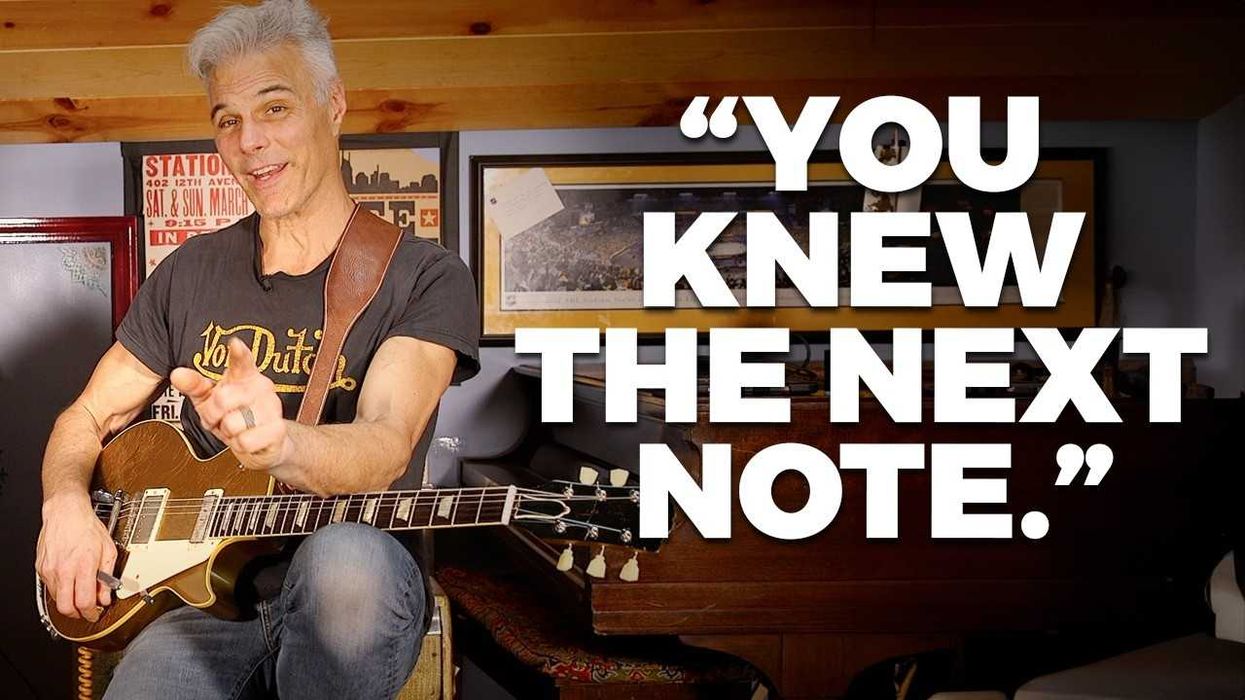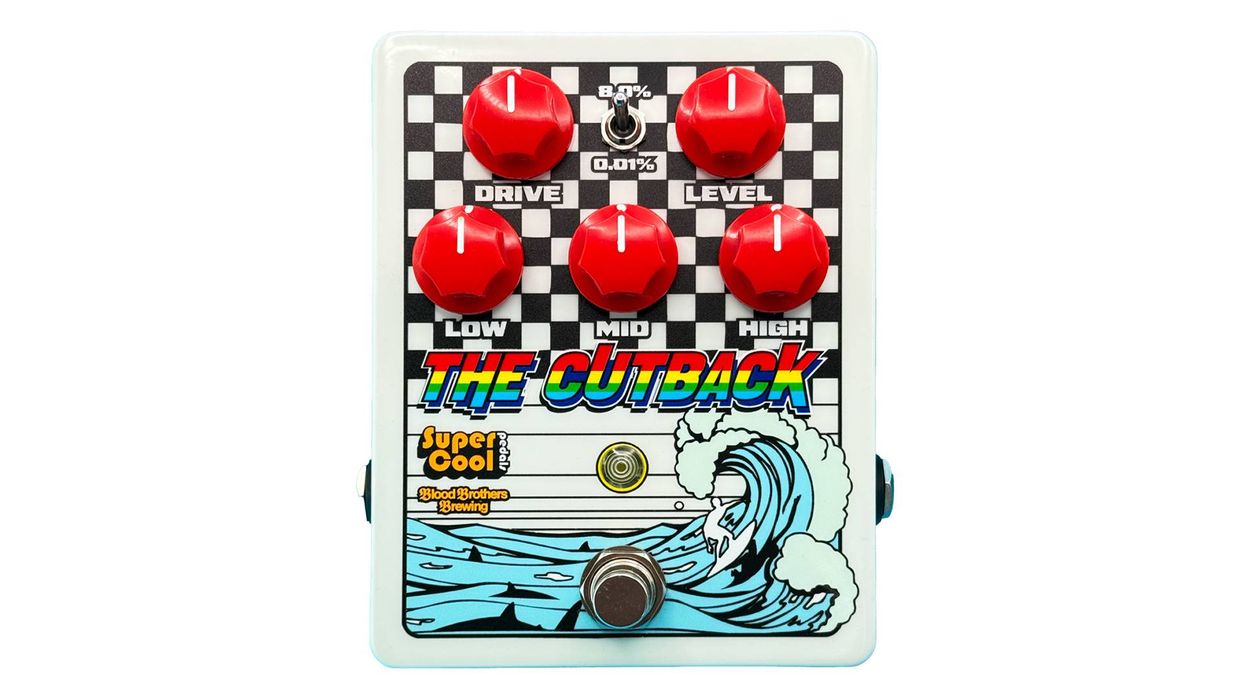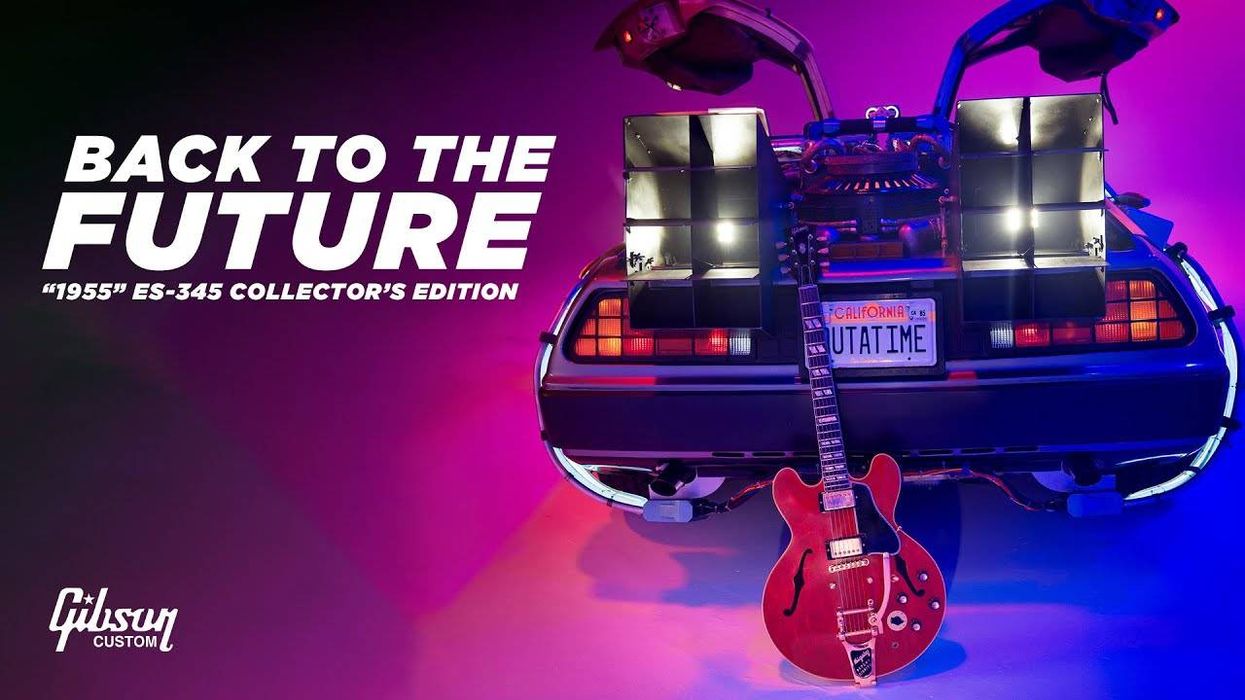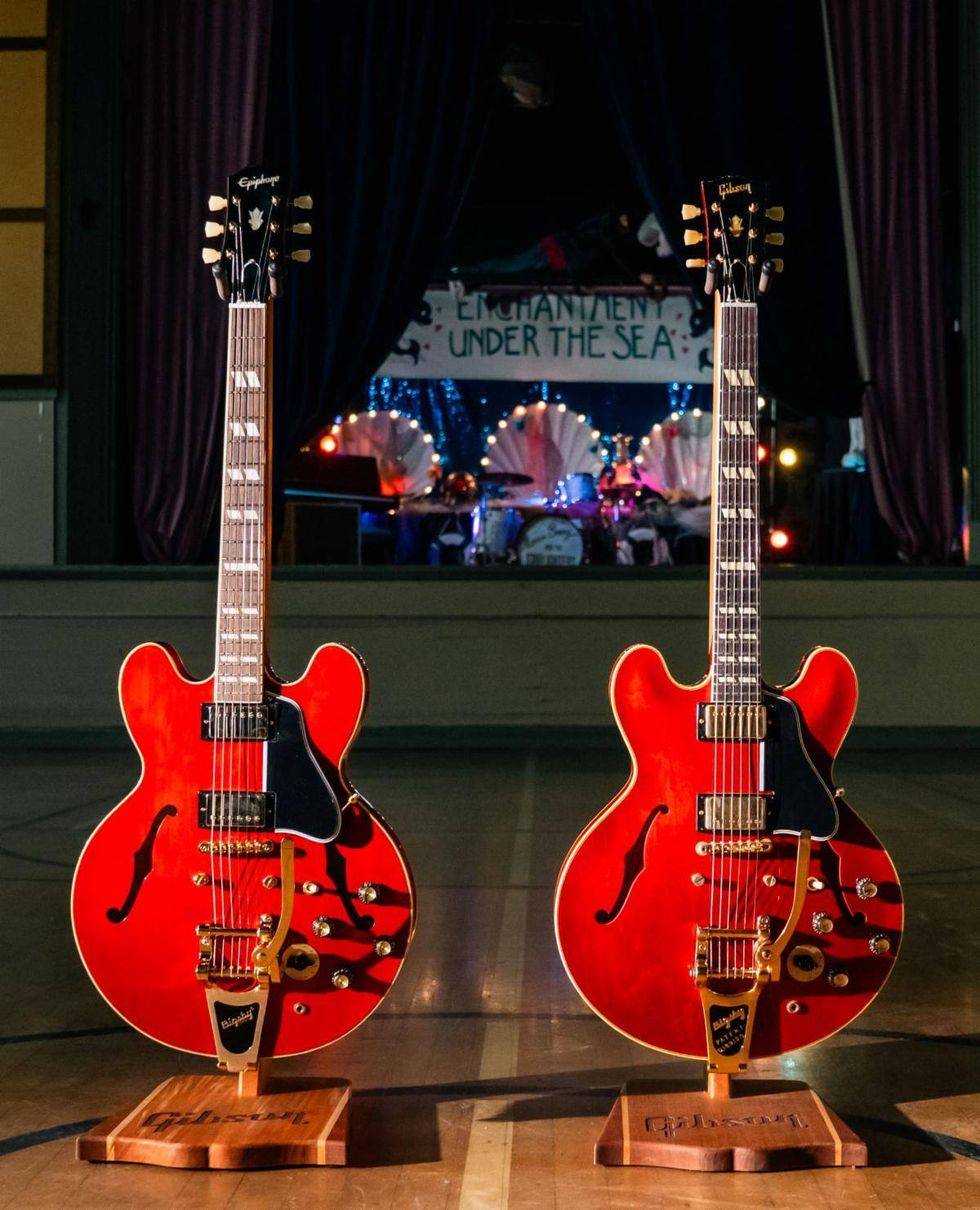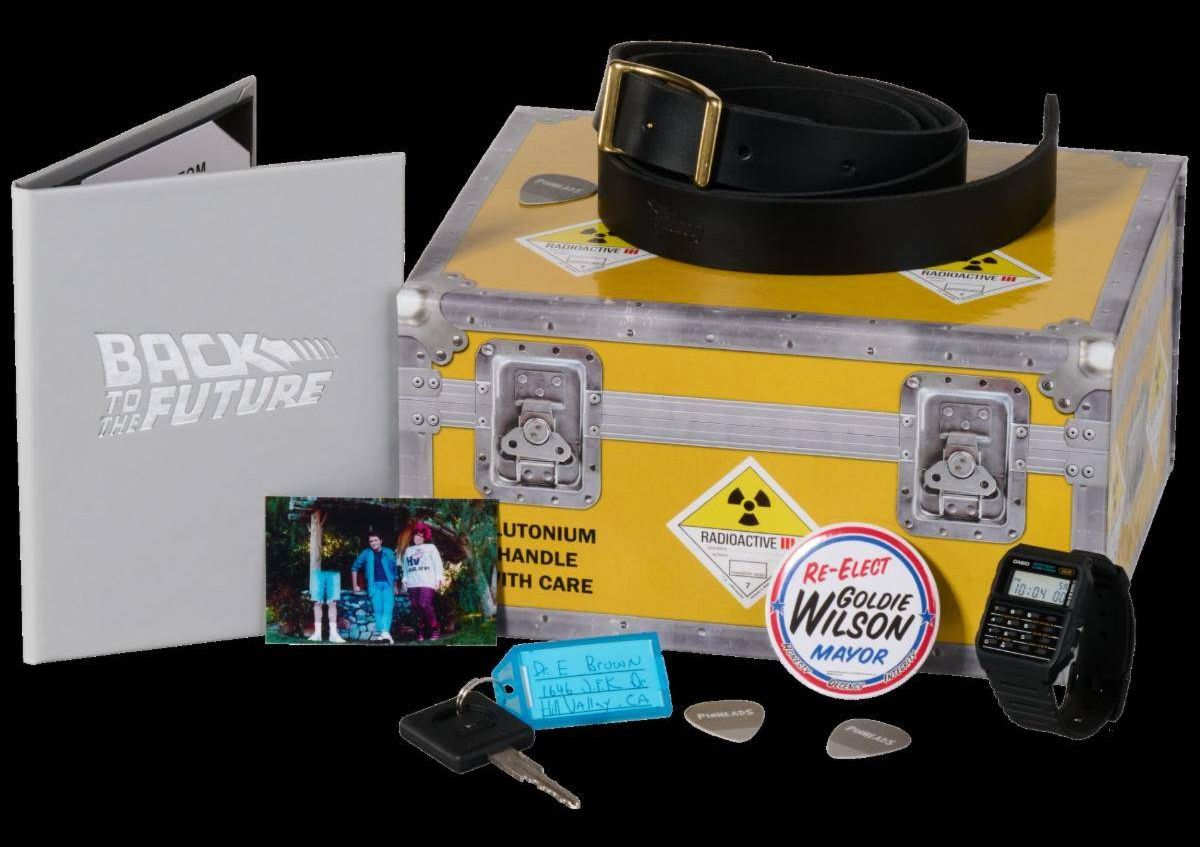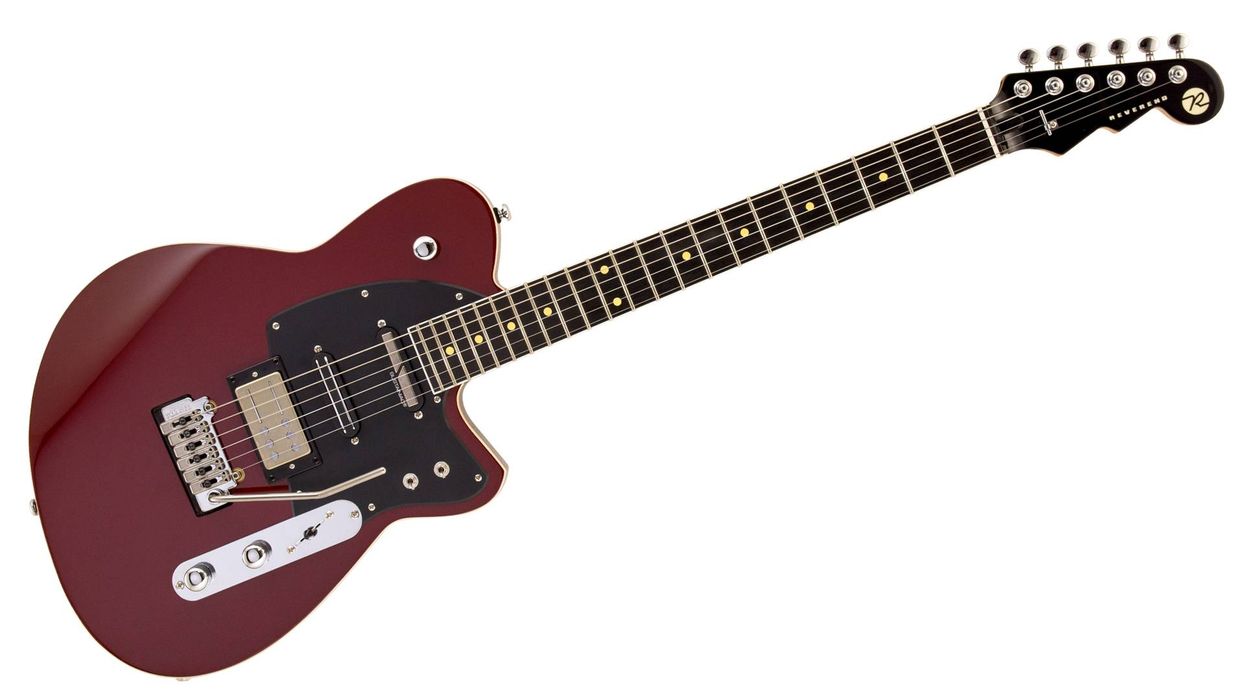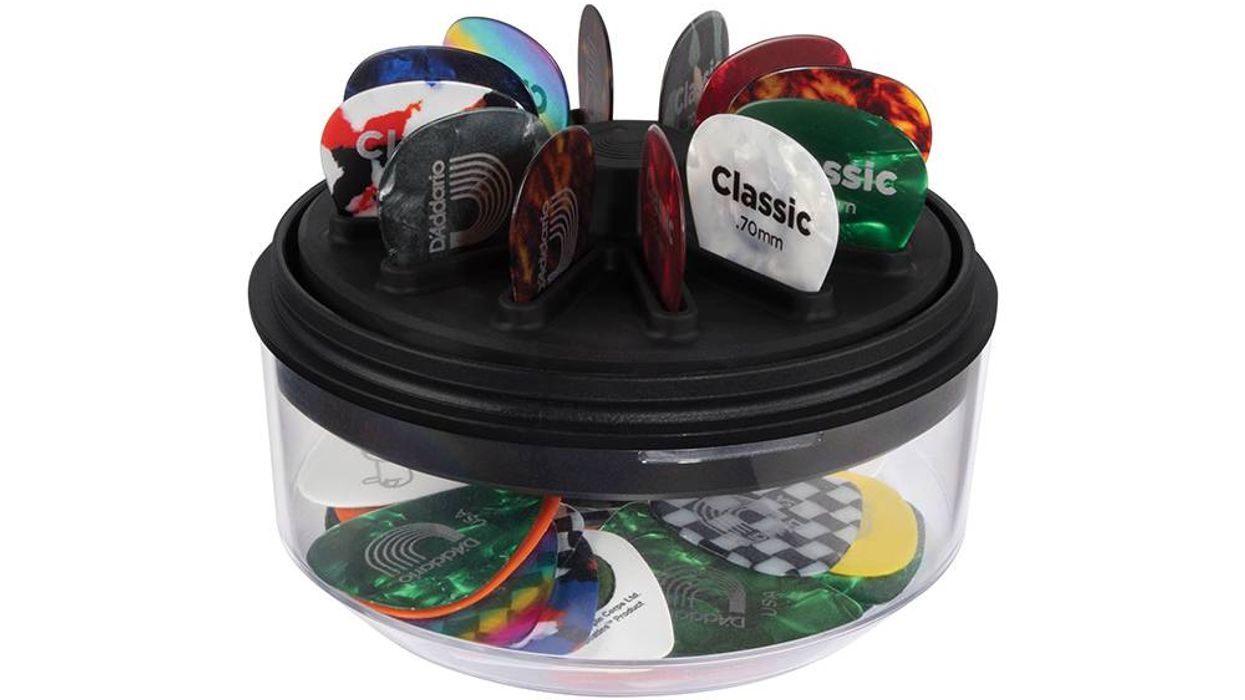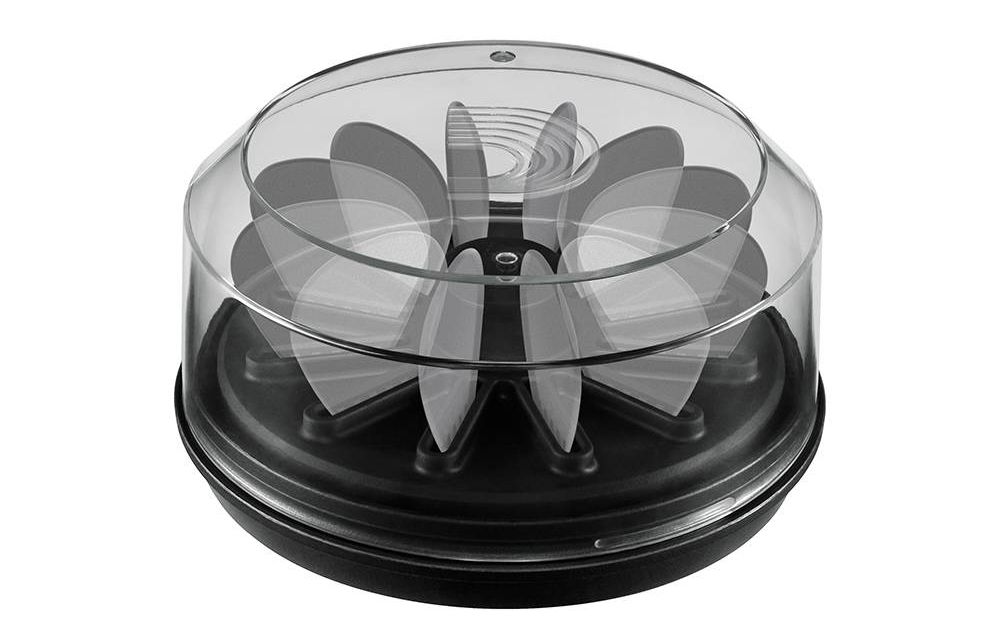The Deco Plugin Tape Saturator and Doubletracker are a direct port of their critically acclaimed Deco hardware pedal and were designed to offer unique DAW features.
The new plugin has two different Saturation voices that emulate the characteristics of both professional open-reel mastering tape machines and the ALC auto-limiting circuit found on high-end ‘70s cassette decks, as well as the exclusive feature of dual tape transports in the Doubletracker section. All of the classic effects Deco recreates are generated by changing the offset between the two machines, allowing incremental changes from phasing and flanging to chorusing, slapback, and echo as the offset increases. This dual-deck scenario represents a long-lost studio workflow that was critical to the sound and vibe of many early recordings made at facilities like Sun Studios and Abbey Road, but one that was replaced by modern devices many decades ago.
“Our Deco hardware pedal has long been the secret weapon of many an engineer in the studio, so having it in plugin form represents a major step forward in accessibility”, said Sean Hal- ley, Strymon’s Head of Marketing. “The dual tape deck scenario offers a number of truly unique and genuine vintage sounds that haven’t previously been achievable in the world of DAWs in the same way”, Halley continues. “If you add the fact that Deco was originally made for guitar and has a mountain of gain on tap, the result is that you can go from the mildest blush of satu- ration and echo all the way to full-on distorted chaos and everything in between, all based upon the authentic characteristics of magnetic tape.”
The Deco Plugin is available directly from Strymon and at select dealers worldwide for $79 US.
For more information, please visit strymon.net.
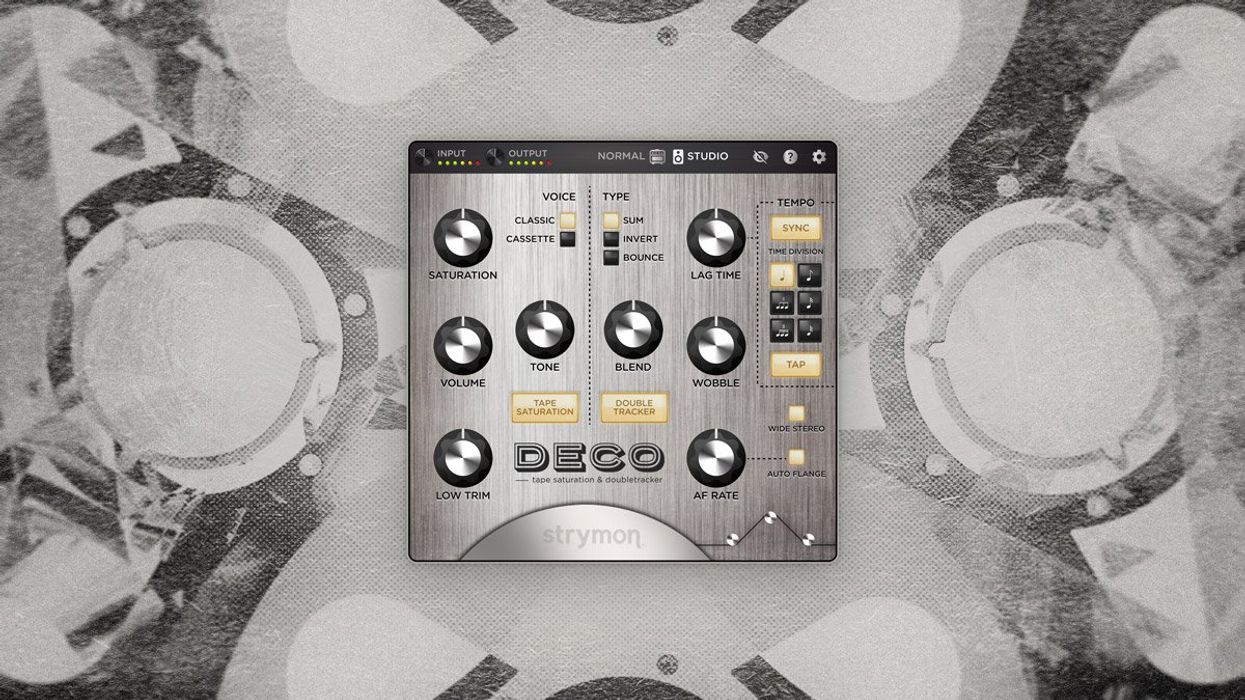
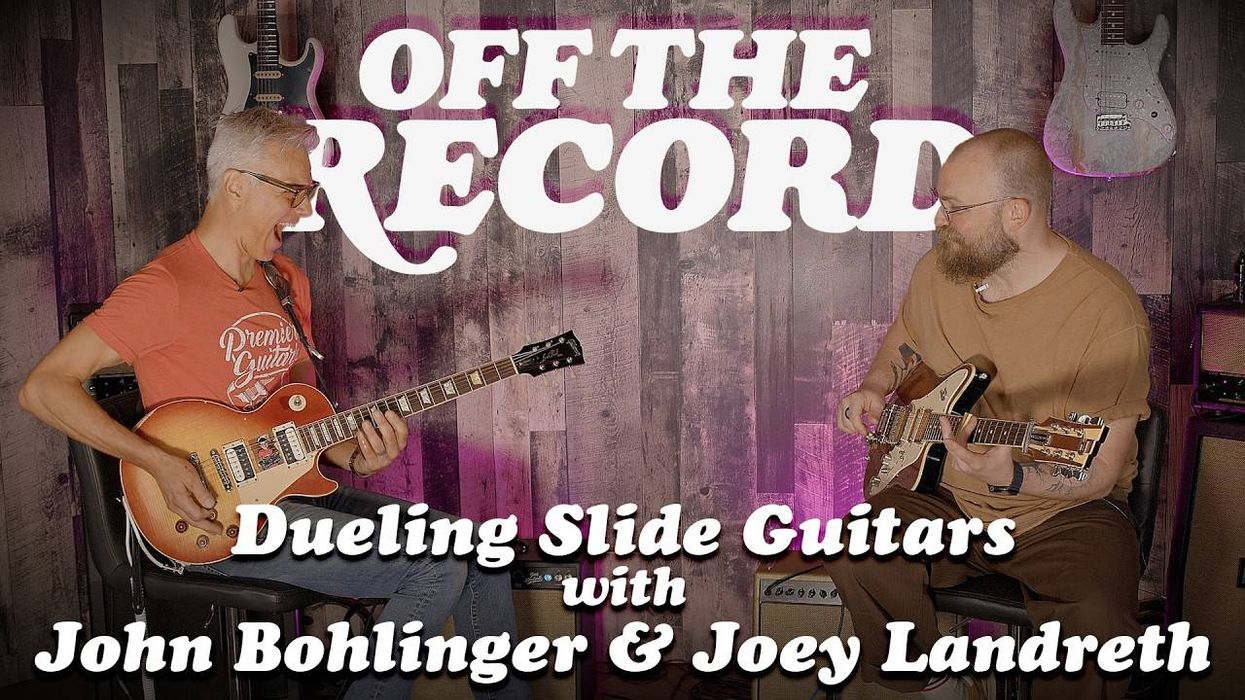
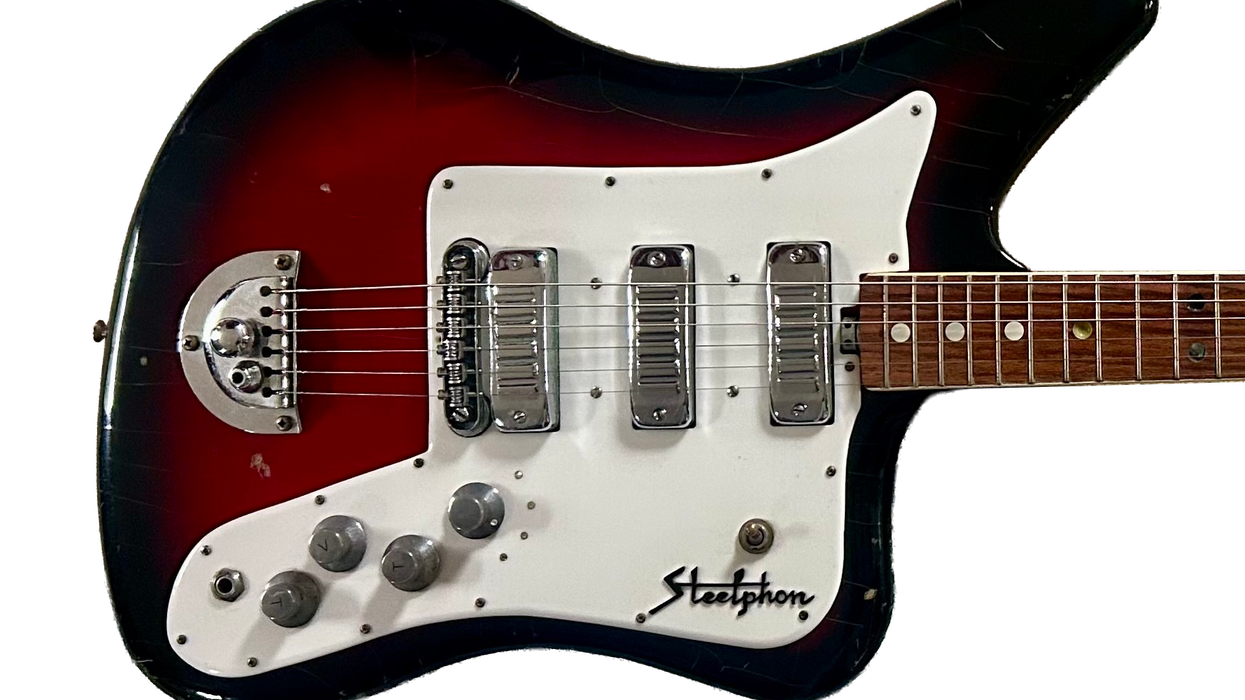
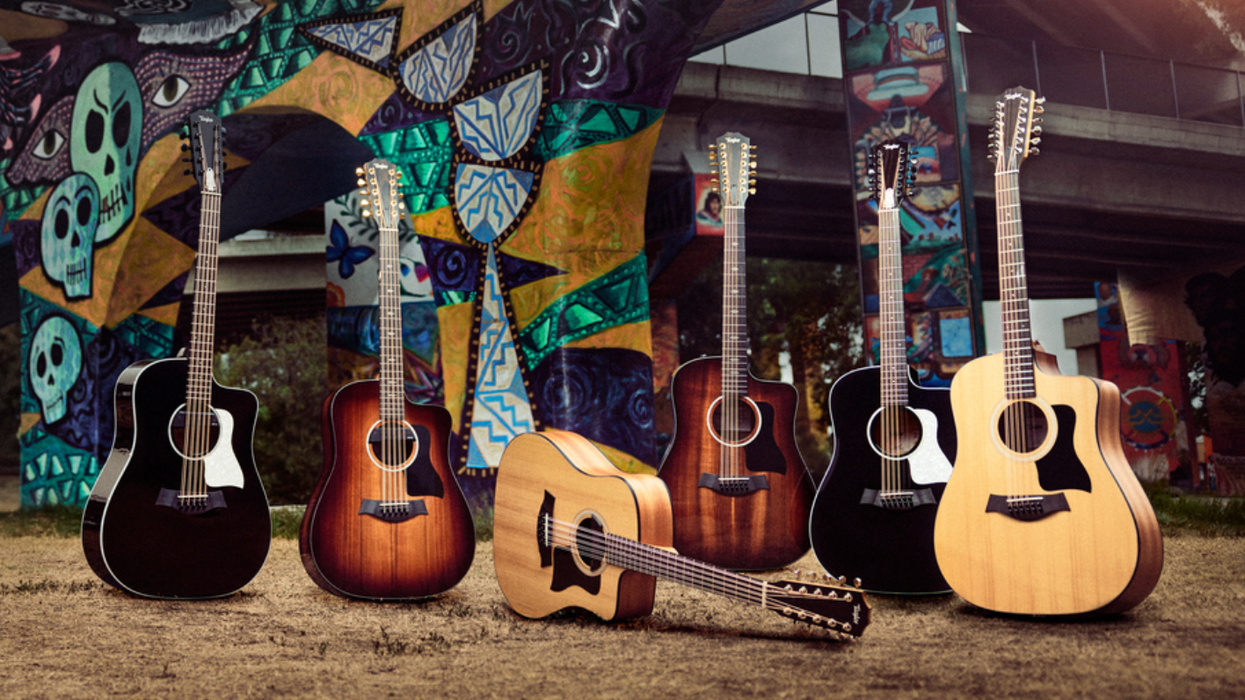
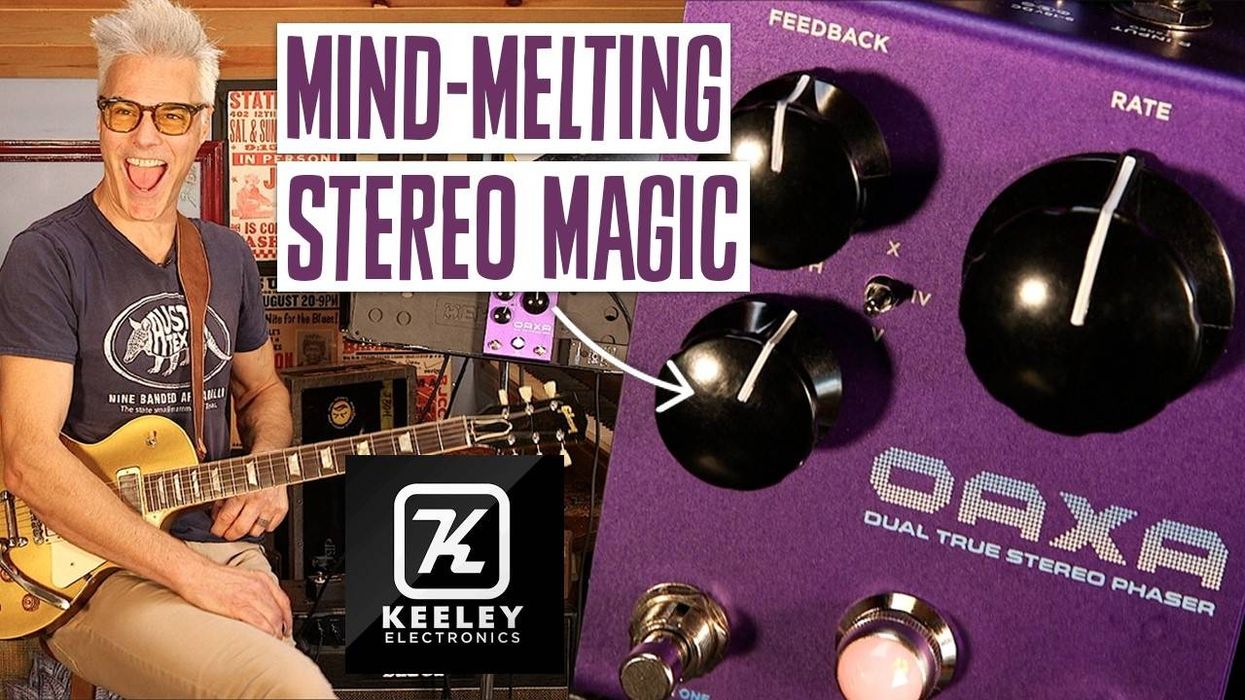
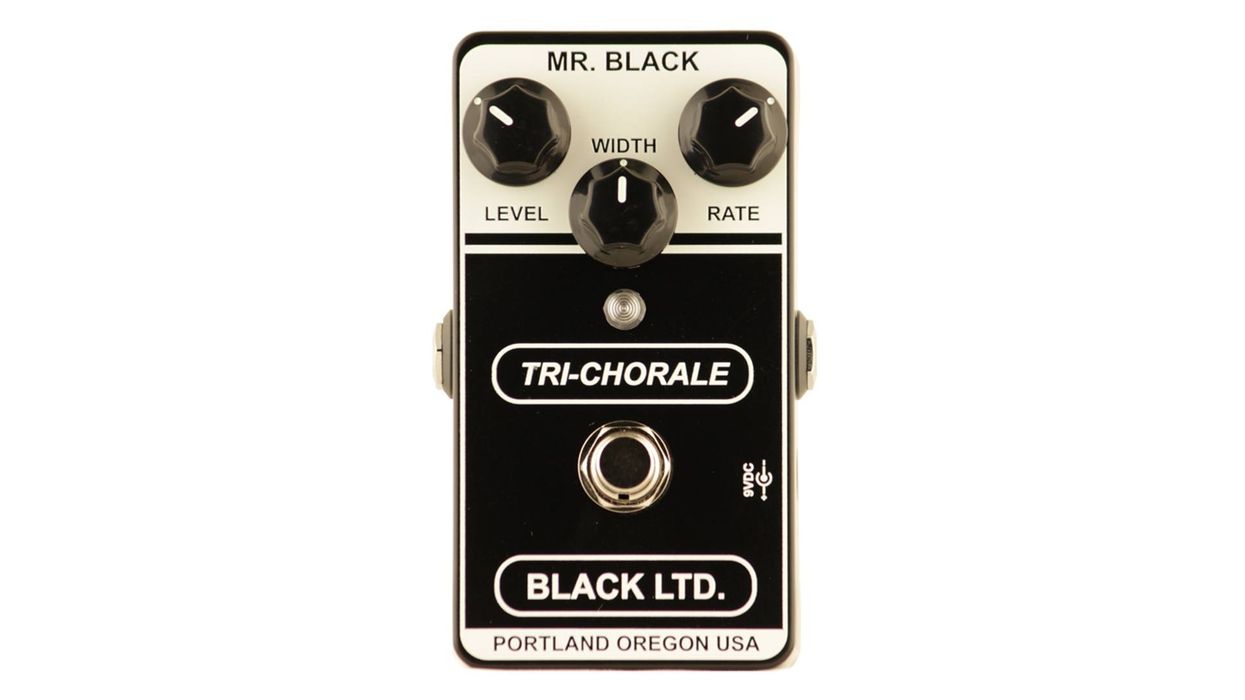
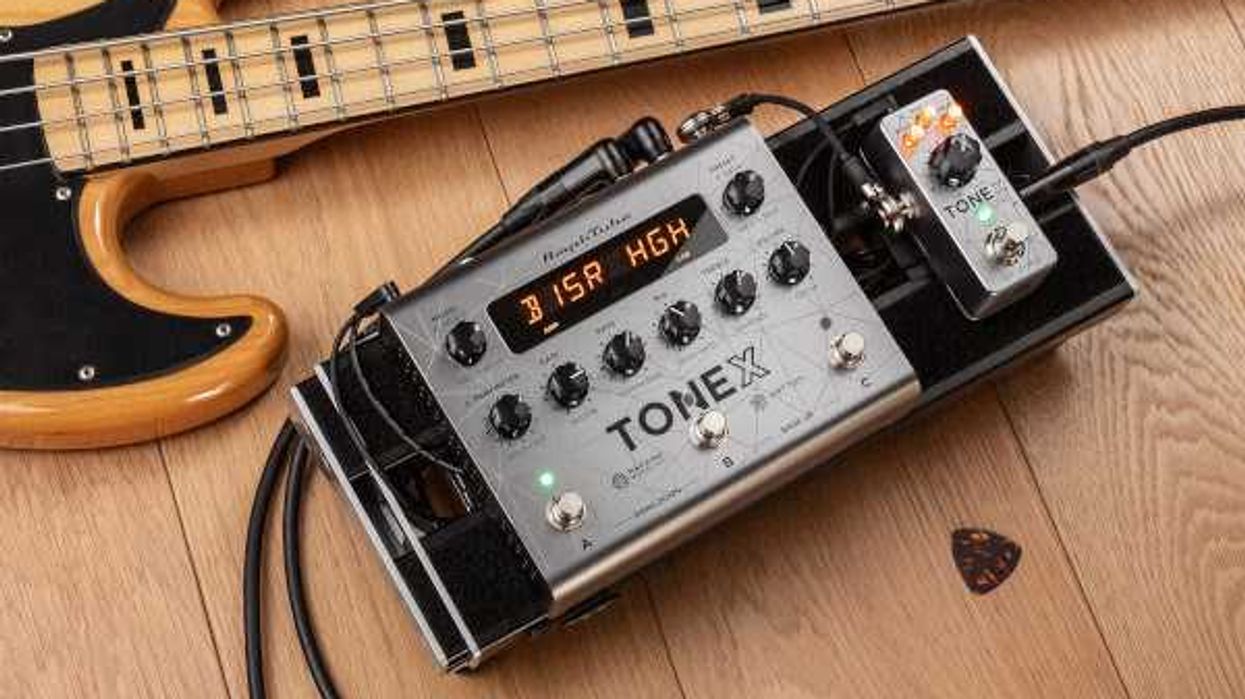
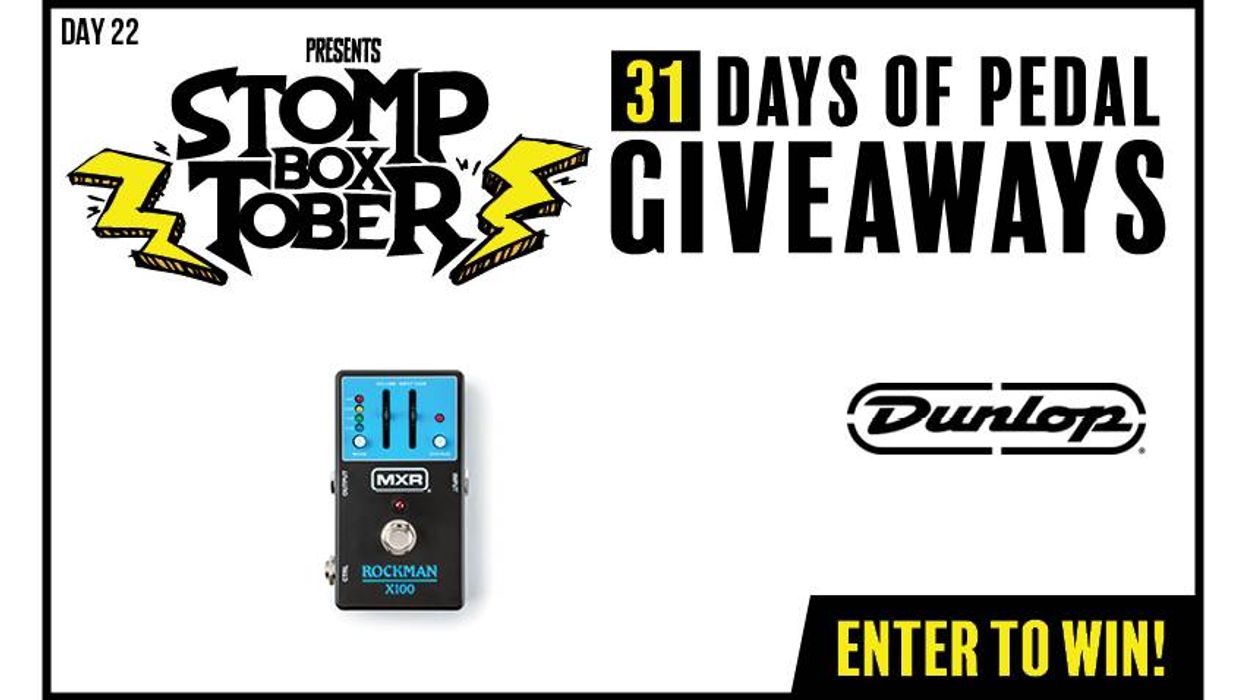
![Devon Eisenbarger [Katy Perry] Rig Rundown](https://www.premierguitar.com/media-library/youtube.jpg?id=61774583&width=1245&height=700&quality=70&coordinates=0%2C0%2C0%2C0)
